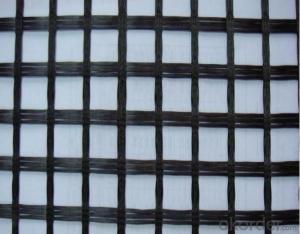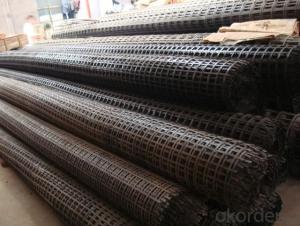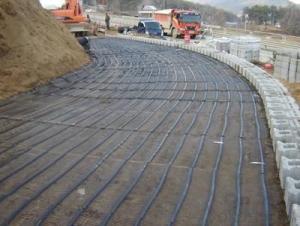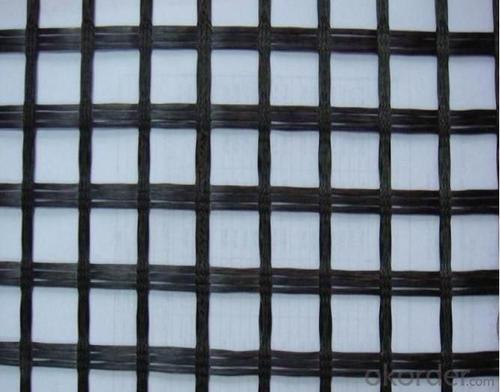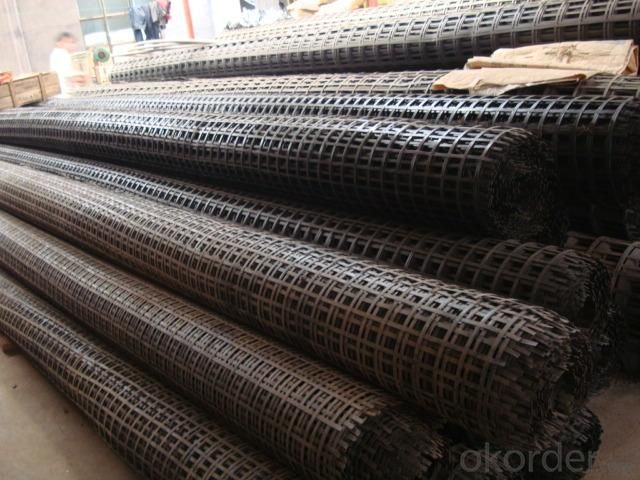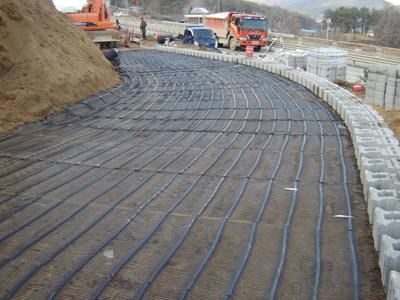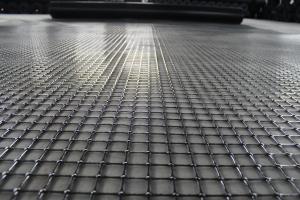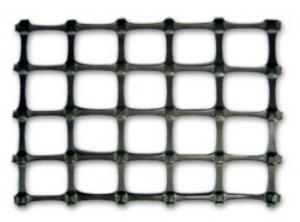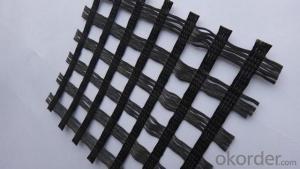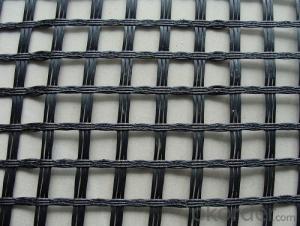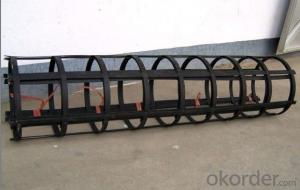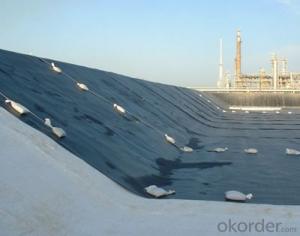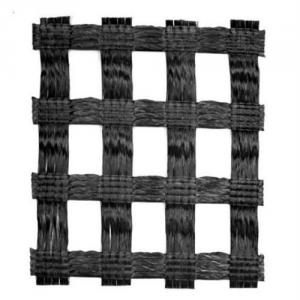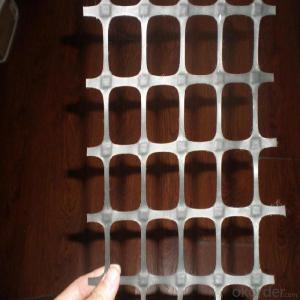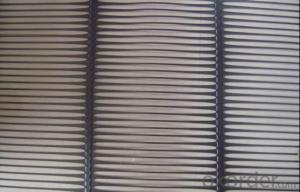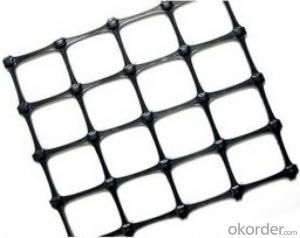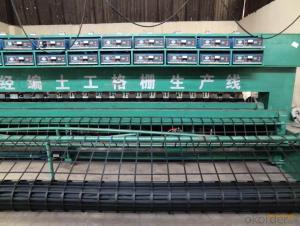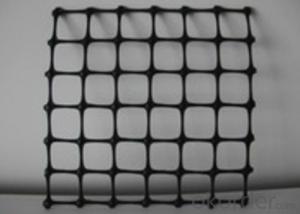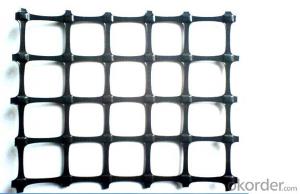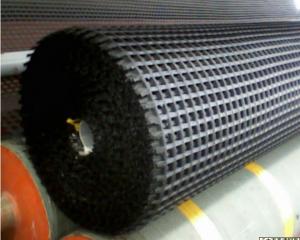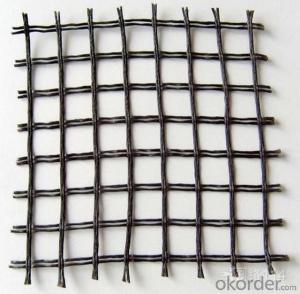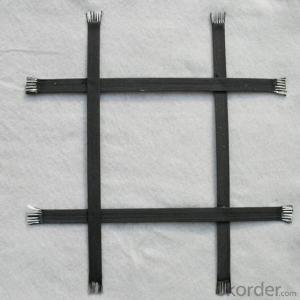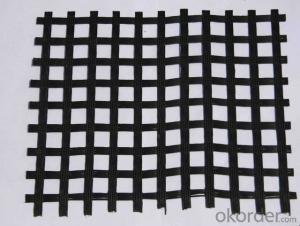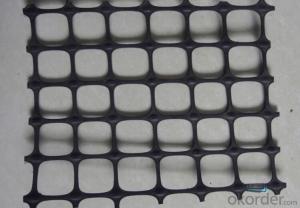Biaxial Geogrid with CE Certificate for Tree Protection Construction
- Loading Port:
- Shanghai
- Payment Terms:
- TT OR LC
- Min Order Qty:
- 85800 m²
- Supply Capability:
- 1000000 m²/month
OKorder Service Pledge
OKorder Financial Service
You Might Also Like
The Description of Biaxial Geogrid
Biaxial Geogrid is a kind of new favorable earthwork base material to strengthen the road surface and roadbed. This product is made by weaving and covering fiberglass filament. It is featured by high vertical and horizontal tensile strength, low unit extension, high flexibility, and favorable high and low temperature resistance. The products after surface covering own the favorable property of alkali resistance and aging resistance.
The details of Biaxial Geogrid
| Type: | Geogrid | Material: | Biaxial Geogrid | Place of Origin: | China (Mainland) |
| Certificates: | CE,ISO | Color : | White & Black | Width : | 1m--6m |
| Length | 50-200m | Mesh Size: | 10-40mm | Tensile Strength | 30KN-300KN |
| Area Weight | 130-900g/sm | Package | PP bags or PE film | Approximate mesh size | 12.7*12.7 25*25 40*40 |
Packaging & Delivery
| Packaging Details | PP bags or PE film. Or Packed as customers' requests; |
| Delivery Detail | 10-20days after see the payment. |
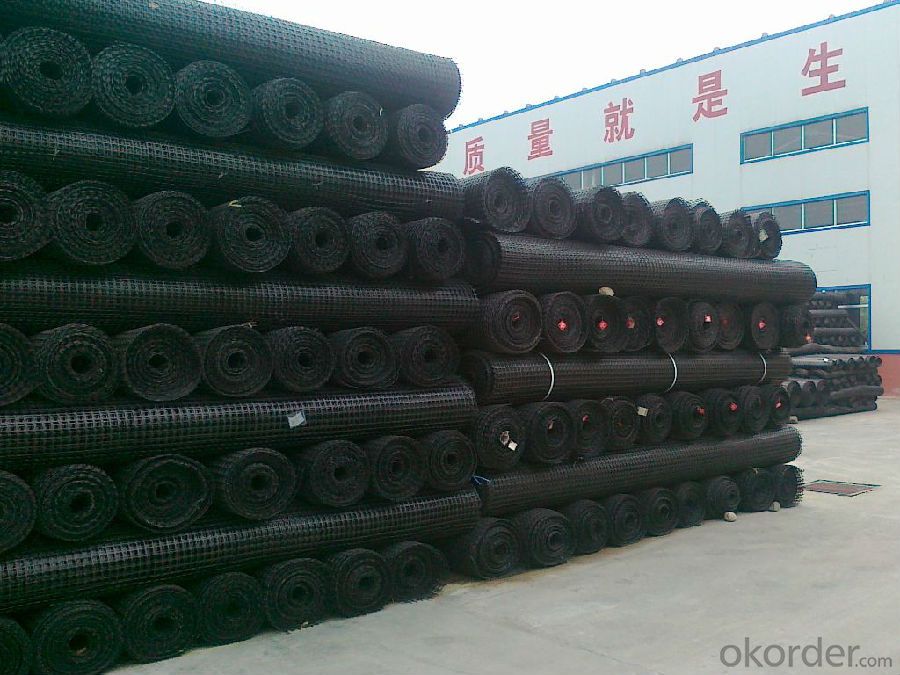
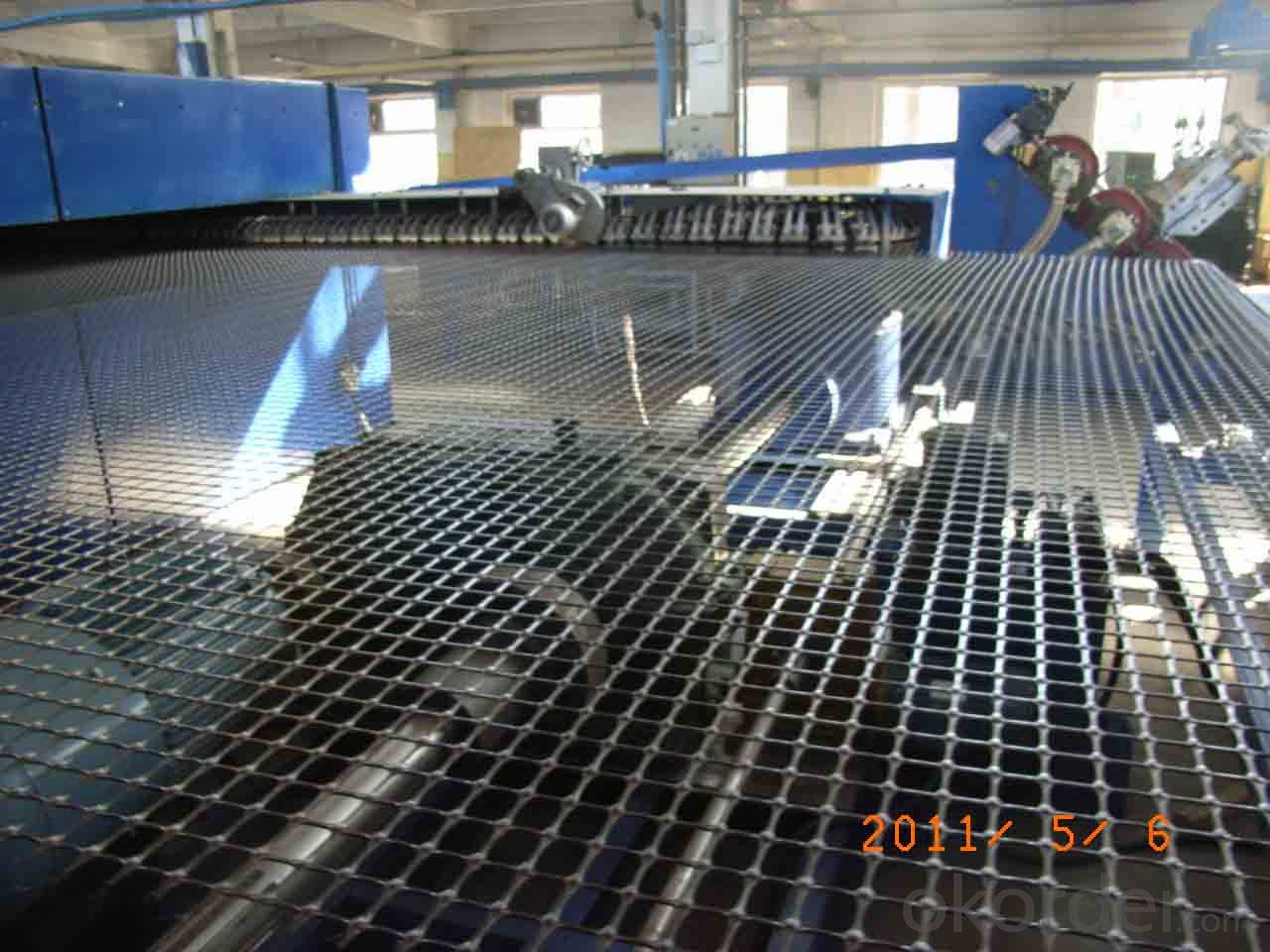
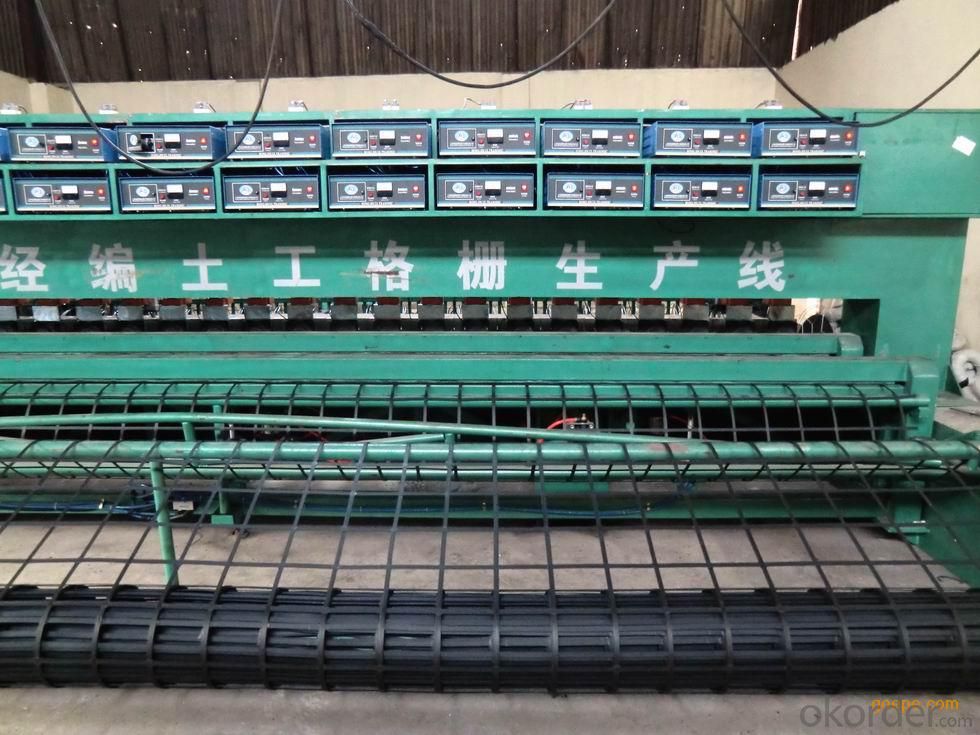
Remarks: we are very large fortune 500 enterprise with more than 20branches in worldwide, and have almost ten years export experience in geosynthetic field. We have kunlun bank account and have many Iran geosynthetics customers.So if any question or support, please just feel free to contact me at any time.
- Q: Can geogrids be used for reinforcement in railway track construction?
- Yes, geogrids can be used for reinforcement in railway track construction. Geogrids provide improved stability, increased load-bearing capacity, and enhanced resistance against deformation in the track structure. They can effectively distribute the load across the track, reducing the risk of settlement and track deformation. Additionally, geogrids offer long-term durability, making them suitable for railway applications.
- Q: How do geogrids help in reducing the risk of soil compaction?
- Geogrids help in reducing the risk of soil compaction by providing reinforcement and stability to the soil. They distribute the load evenly and prevent excessive pressure on the soil, thereby reducing the chances of compaction. Additionally, geogrids enhance the load-bearing capacity of the soil, allowing it to withstand heavier loads without compacting.
- Q: The ground treatment is full of geogrid is not along the line direction
- Generally paved along the direction of the road
- Q: Can geogrids be used in reinforcement of railway ballasts?
- Yes, geogrids can be used in the reinforcement of railway ballasts. Geogrids are commonly used to enhance the stability and load-bearing capacity of ballast layers in railway tracks. They help to distribute the load more evenly, reduce settlement and deformation, and improve overall performance and longevity of the ballast.
- Q: What is the typical length of a geogrid roll?
- The typical length of a geogrid roll can vary depending on the specific product and manufacturer, but it is commonly available in lengths ranging from 50 to 300 feet.
- Q: How do geogrids help in reducing the use of natural resources?
- Geogrids help in reducing the use of natural resources by providing reinforcement and stabilization to soil structures. They allow for the use of less soil and aggregate materials in construction projects, reducing the need for excavation and mining of natural resources. Additionally, geogrids improve the durability and longevity of structures, reducing the need for frequent repairs or replacements, further conserving natural resources.
- Q: What is the effect of cyclic loading on geogrid behavior?
- The effect of cyclic loading on geogrid behavior can lead to degradation and decreased performance over time. Continuous repetitive loading can cause the geogrid to undergo stress and strain cycles, which can result in material fatigue, reduced stiffness, and a decrease in its ability to provide reinforcement or confinement. This can lead to increased deformation, reduced load-bearing capacity, and potential failure of the geogrid. Therefore, it is crucial to consider the potential effects of cyclic loading when designing and using geogrids in engineering applications.
- Q: What are the specifications and models of Geotextiles and geogrids on the highway
- You are production, or sales, or procurement, the question asked, what kind of model is determined by the designer
- Q: How do geogrids help with load distribution?
- Geogrids help with load distribution by distributing the applied loads over a wider area, thereby reducing the concentration of stress on the underlying soil or pavement. They act as a reinforcement by interlocking with the surrounding soil or aggregate, improving the overall stability and load-bearing capacity of the structure.
- Q: How do geogrids improve the performance of mechanically stabilized slopes in cold climates?
- Geogrids improve the performance of mechanically stabilized slopes in cold climates by enhancing the stability and reinforcement of the soil structure. They provide additional tensile strength to the soil, preventing slope failures caused by frost heave, thaw settlement, and freeze-thaw cycles. Geogrids also distribute the loads more evenly, reducing the risk of slope deformation and improving long-term performance in cold weather conditions.
Send your message to us
Biaxial Geogrid with CE Certificate for Tree Protection Construction
- Loading Port:
- Shanghai
- Payment Terms:
- TT OR LC
- Min Order Qty:
- 85800 m²
- Supply Capability:
- 1000000 m²/month
OKorder Service Pledge
OKorder Financial Service
Similar products
Hot products
Hot Searches
Related keywords
